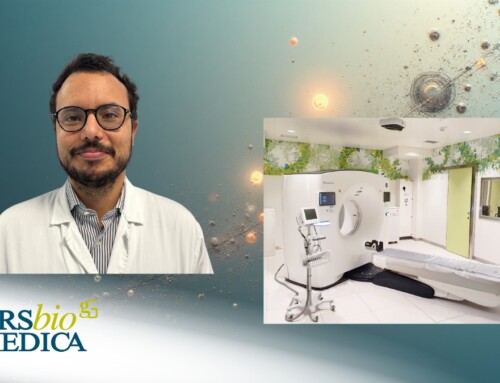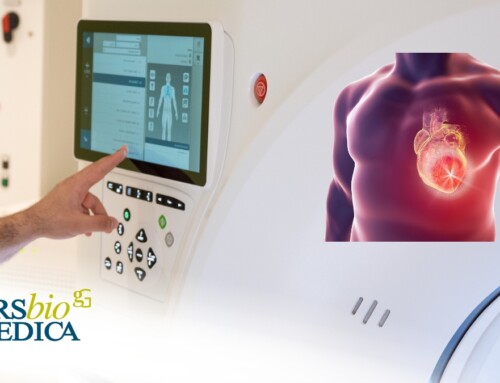
Articolo del 09/09/2024
Many individuals suffering from pelvic floor disorders live with symptoms that significantly impact their quality of life, often believing there is no cure or that their case is beyond help. However, thanks to advances in medical and surgical knowledge, there are now effective approaches to resolve or greatly alleviate these issues.
We discussed this with Dr. Ilaria Clementi, proctologist and general surgeon at Arsbiomedica.
What is the Pelvic Floor?
The pelvic floor consists of a group of muscles that support and enclose the pelvic organs. It plays a crucial role in supporting the urinary system (urethra and bladder), the female reproductive system (vagina and urethra), and the anorectal system. These muscles are essential for urination, sexual function, and defecation, and are divided into the anterior and posterior compartments.
Pelvic floor disorders are complex and require a multidisciplinary approach, often involving specialists such as urologists, gynecologists, and physiotherapists, to provide comprehensive and effective solutions to the patient’s problems.
What Causes Pelvic Floor Disorders?
Pelvic floor disorders are often associated with conditions such as hemorrhoids, anal fissures, rectal prolapse, pelvic organ prolapse, rectocele, fecal incontinence, and defecation disorders like constipation and obstructed defecation syndrome.
How Are These Disorders Diagnosed?
To diagnose these disorders, a proctological examination is recommended to fully understand the symptoms and establish the best diagnostic process. This may include:
- Anorectal manometry: a non-invasive method to assess the pressure of the sphincter muscles.
- 360-degree endoanal ultrasound: using a rotating probe to evaluate sphincter integrity.
- MRI defecography: a dynamic MRI that provides detailed information on the anatomy and function of the pelvic organs.
All of these diagnostic tests can be performed at Arsbiomedica, in the hearth of the North of Rome
When is Surgery Needed for Pelvic Floor Disorders?
Surgery is considered when medical and rehabilitative therapies have not achieved the desired results, and when the patient’s quality of life remains impaired. Surgical interventions can be particularly effective for:
- Mucohemorrhoidal prolapse: treated with minimally invasive techniques like dearterialization and endolift.
- Severe pelvic organ prolapse: treated with laparoscopic procedures.
- Obstructed defecation syndrome: addressed through perineal or abdominal surgeries.
- Fecal incontinence: treated with minimally invasive procedures using prosthetic devices.






